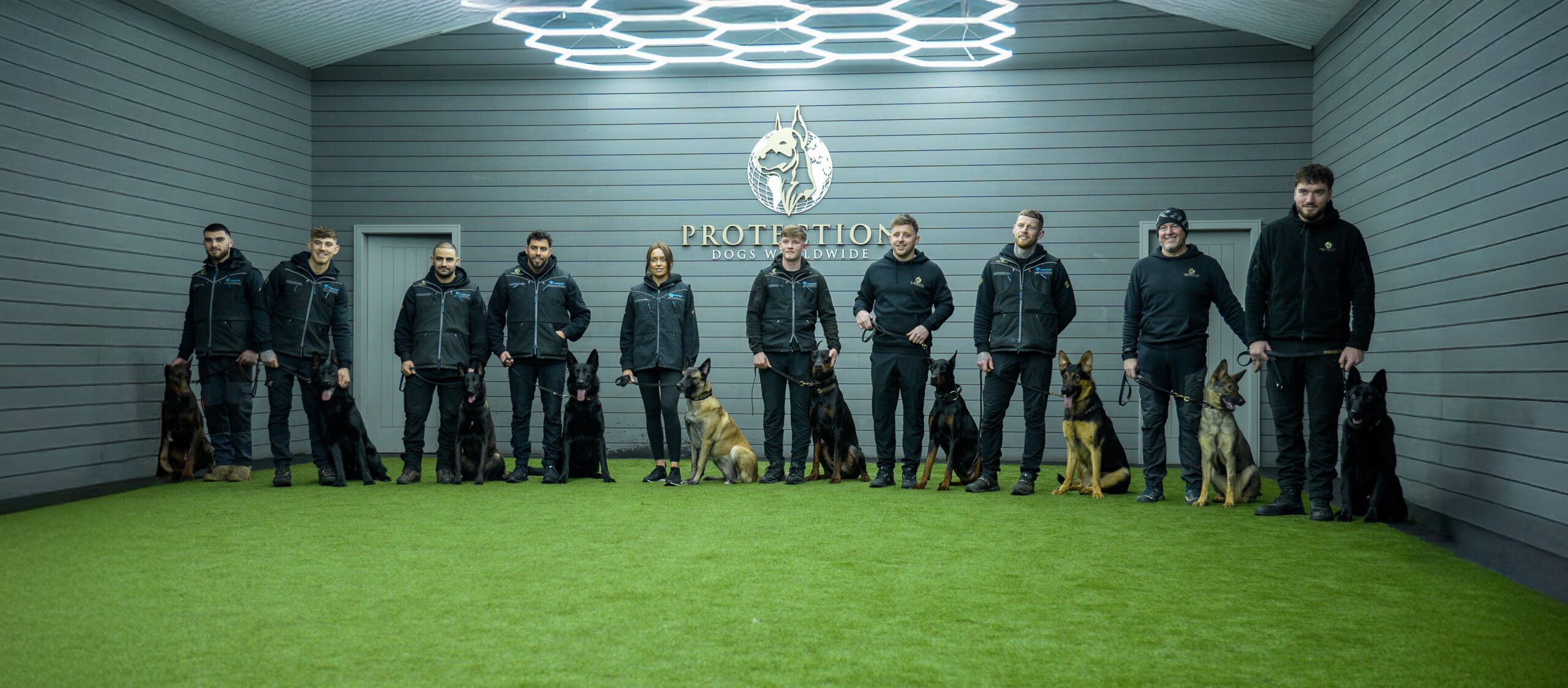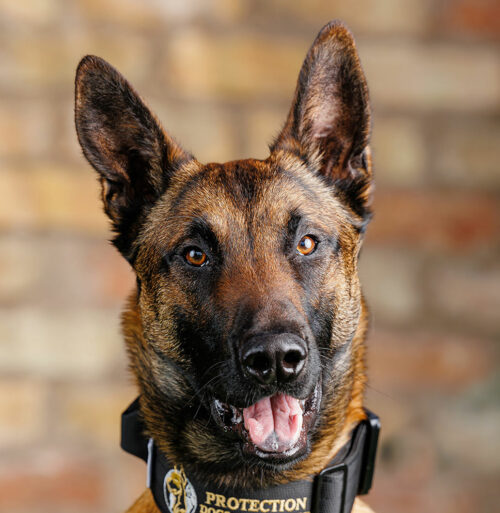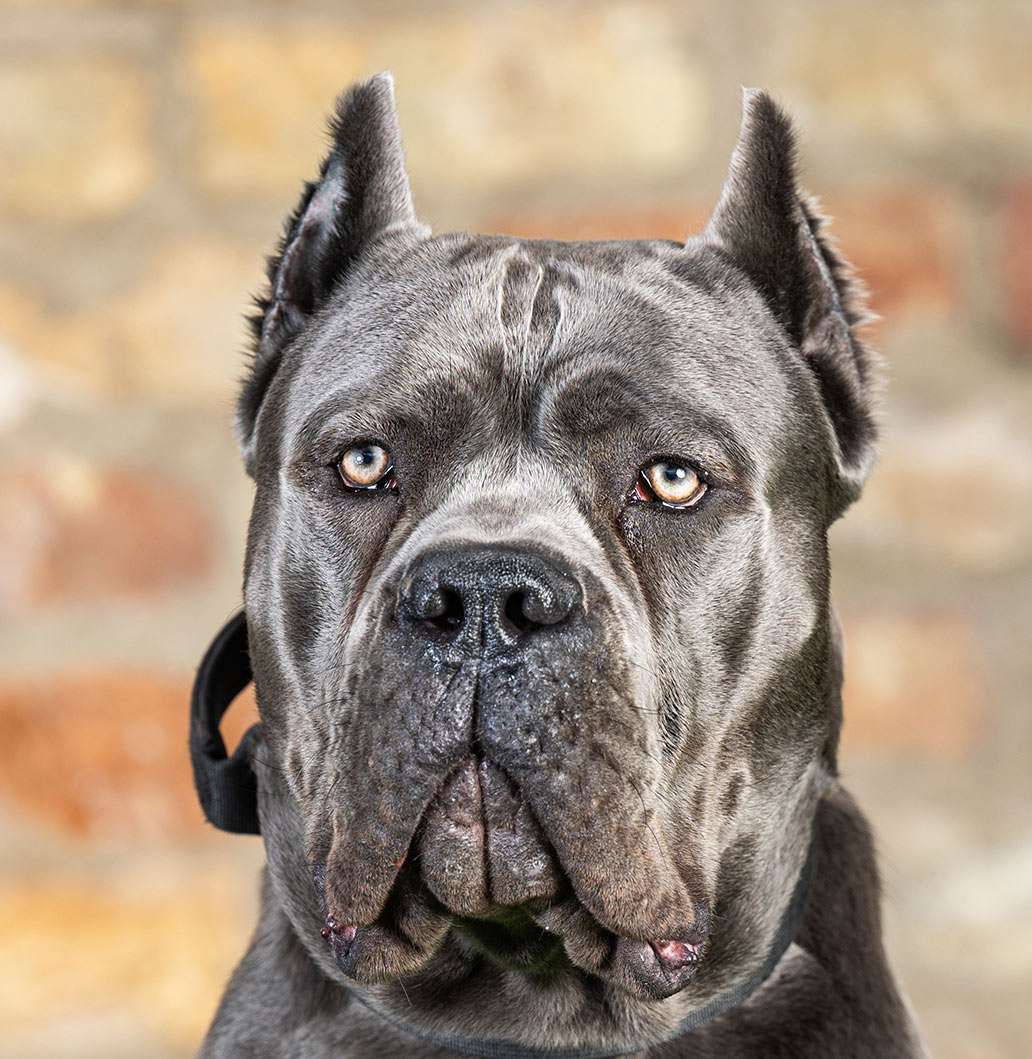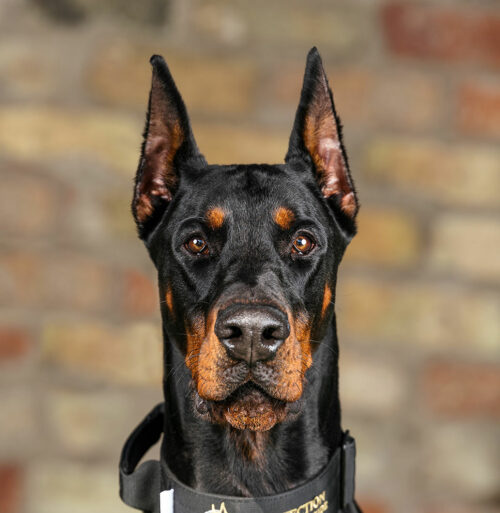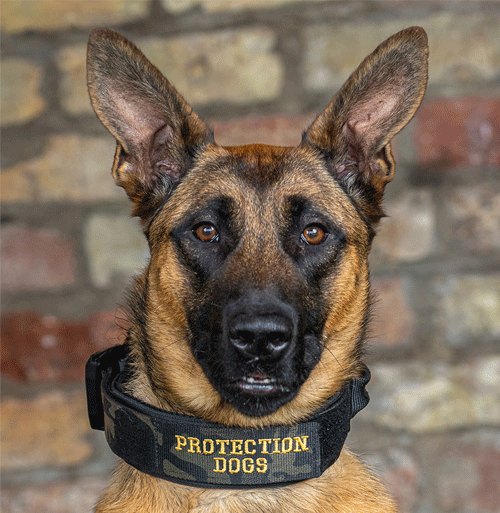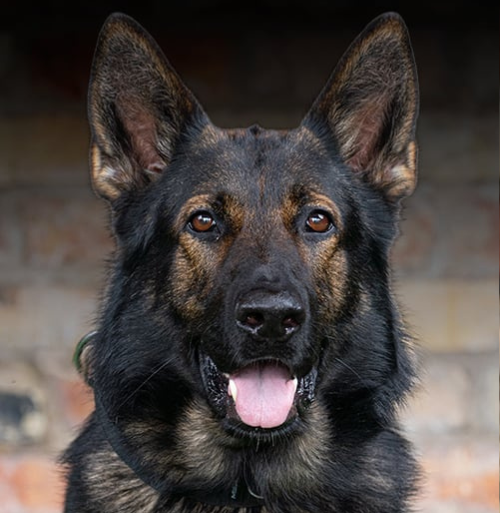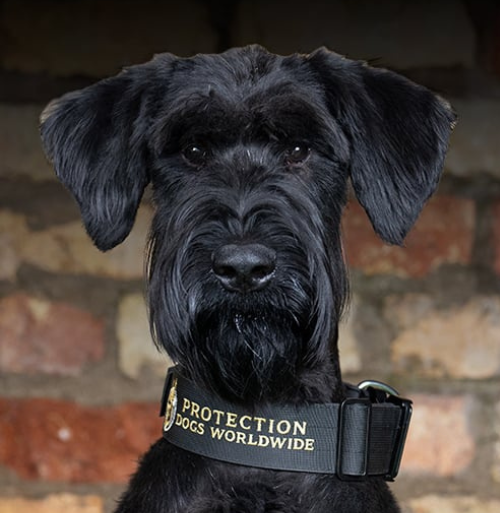21 April 2023
Dogs have been used in warfare for thousands of years, and their utility endures to the present day. Their offensive and defensive capabilities act as force multipliers far beyond what human soldiers can achieve, and will always endure. No technology will ever replace a dog’s capabilities, so it is unsurprising how valued they remain in contemporary military circles.
Dogs are first recorded as having been used in warfare around approximately 600 BC, primarily in an offensive role. Ancient Greeks, Egyptians, Romans, Persians, Gauls, and Celts are all known to have used dogs in warfare, most commonly in “shock” tactics to breach enemy lines before exploiting gaps with cavalry and infantry. What we now recognise as the English Mastiff was one of the first breeds to be used in warfare by the Celts, and was even noted by Julius Caesar. The Mollosus was also extensively used by the Greeks and Romans as well as Atilla the Hun. During their conquest of Latin America, Spanish troops also made use of large mastiff-type dogs whose modern-day descendants include breeds such as the Fila Brasileiro and Presa Canario.
As modern weaponry developed – especially with the advent of firearms – so too did the role dogs played in warfare. Rather than simply being an offensive capability, dogs moved more towards force protection and enabling. During the First World War, dogs served as pack animals, sentries, messengers, and beloved mascots. Stubby, a Boston Terrier mix, served with American troops on the Western Front and is best known for providing early warning of incoming artillery fire which he was able to hear before his human handlers. In the Second World War, these successes were built on with hundreds of Dobermanns serving with distinction alongside American troops in the Pacific theatre. Sentry dogs were also extensively used by American forces in Vietnam, and are credited with saving tens of thousands of lives.
More recently, military working dogs have continued to shine in a range of theatres including Iraq, Afghanistan, Northern Ireland, Israel, and the Balkans. Dual purpose protection and detection dogs are particularly effective, and favoured by most countries’ militaries apart from in the UK. The US military’s breeds of choice are the German, Belgian, and Dutch Shepherds whose versatility and robustness are second to none. In contrast, the British Army favours the Malinois Belgian Shepherd for protection, and Spaniels or Labradors for detection work.
Protection Dogs Worldwide has previously supported foreign militaries in developing their working dog capability, and is available to undertake similar international consulting and training projects. To find out more, please email info@protectiondogsworldwide.com.
 English
English
